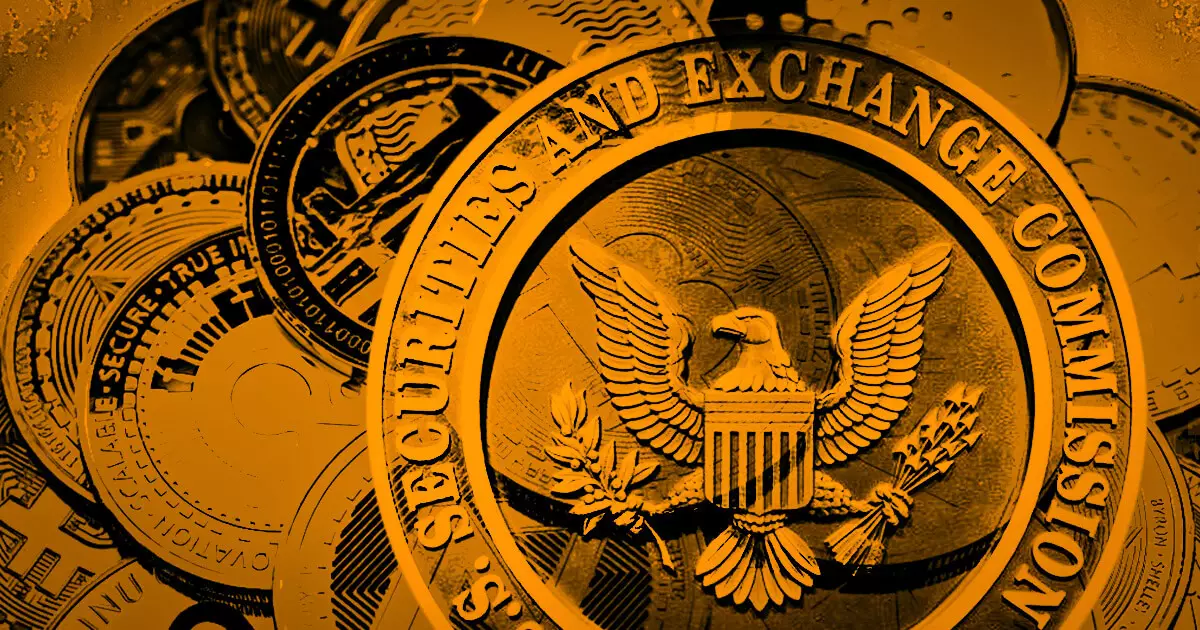In the rapidly evolving environment of cryptocurrency regulation, Caroline Crenshaw, a commissioner at the U.S. Securities and Exchange Commission (SEC), has openly criticized recent agency decisions regarding the dismissal of several high-profile crypto-related lawsuits. Her concerns suggest a floundering commitment to longstanding regulatory frameworks and highlight implications for investor protection. The SEC’s decision to cease legal actions against notable crypto exchanges—such as Coinbase, Robinhood, and Gemini—signals a significant shift in the agency’s stance. Crenshaw claims these dismissals are unprecedented and display a lack of accountability to established legal standards.
The SEC’s Division of Corporation Finance recently asserted that “memecoins” do not qualify as securities under U.S. law. However, Crenshaw maintains that this position lacks a robust legal foundation and clarity. According to her, the absence of clear regulatory guidance creates an environment ripe for misinformation and exploitation, thereby endangering the interests of investors.
The SEC’s recent actions can be interpreted as part of an effort to establish a regulatory framework that accommodates the growing crypto market. Although the formation of a specialized crypto task force aims to create more explicit regulations around these digital assets, the commissioner argues that such evolution should not equate to the abandonment of enforcement. Crenshaw believes that until appropriate new regulations are enacted, the existing framework should continue to be applied uniformly across all sectors, including the crypto market.
Highlighting the inconsistency of the SEC’s actions, she referenced the now-dismissed lawsuit against Coinbase. In that case, courts had previously supported the SEC’s authority over cryptocurrencies, reflecting crucial precedent that may now be undermined by the agency’s decision to dismiss cases that once appeared legally sound. This raises essential questions about the SEC’s capability to enforce securities laws effectively, which not only governs major financial practices but also aims to protect investors from fraud and deception prevalent in the market.
Crenshaw’s criticisms extend beyond the frequency of case dismissals; they also encompass the ambiguous characterization of assets such as memecoins. The SEC’s recent guidance categorizes these coins as speculative products shaped by online trends, yet Crenshaw argues that this definition remains vague and insufficient. She questions what it truly means for an asset to be labeled a “memecoin,” suggesting that the distinction could be misleading in the absence of a clear legal definition. Such ambiguity leads to questions about whether crypto promoters could exploit this lack of clarity to evade regulatory scrutiny.
Moreover, she emphasizes the economic realities behind the Howey test, which is meant to determine whether an asset is a security based on its functionalities rather than its marketing strategy. By allowing ambiguity to persist around terms like memecoins, the SEC risks creating loopholes that could be manipulated by bad actors—resulting in increased instances of fraudulent activity such as pump-and-dump schemes and rug pulls.
The growing complexity of cryptocurrency markets necessitates vigilant oversight, particularly as digital asset innovations proliferate. Crenshaw’s pointed remarks reveal a profound concern that the current approaches within the SEC not only lack substance but also compromise the agency’s integrity. Failure to enforce existing laws introduces uncertainty into the markets, potentially dissuading legitimate investment and fostering an environment conducive to malpractice.
Reflecting on her position, Crenshaw asserts that the SEC’s mission should prioritize safeguarding investors, issuers, and the overall integrity of capital markets. She warns that the current path—marked by selective enforcement and ambiguous guidelines—fails to achieve this mission. Ultimately, Crenshaw calls for a recommitment to rigorous oversight, arguing that protecting investors and maintaining market integrity is paramount in a field associated with both innovation and risk.
As the SEC navigates the murky waters of digital asset regulation, the importance of defined guidelines and strong enforcement cannot be overstated. The path forward must strike a balance between fostering innovation and ensuring accountability, a challenge that requires the vigilance and commitment of regulators, investors, and the industry alike.















